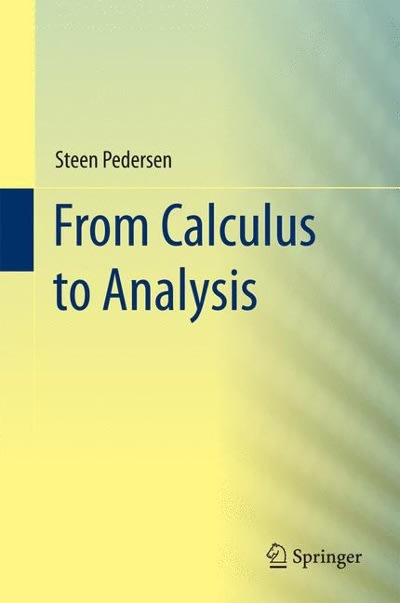Question
Study Guide: Study #1: Lee et al. Glycemic control and the risk of tuberculosis: a cohort study. PLoS Medicine 2016, 13(8), p.e1002072. Abstract Background Diabetes
Study Guide:
Study #1: Lee et al. Glycemic control and the risk of tuberculosis: a cohort study. PLoS Medicine 2016, 13(8), p.e1002072.
Abstract
Background
Diabetes is a well-known risk factor for tuberculosis (TB) and is increasingly prevalent in low- and middle-income countries, where the burden of TB is high. Glycemic control has the potential to modify the risk of TB. However, there are few studies on the association between glycemic control and TB risk, and the results are inconsistent.
Methods and Findings
We assembled a cohort using 123,546 individuals who participated in a community-based health screening service in northern Taiwan from 5 March 2005 to 27 July 2008. Glycemic control was measured using fasting plasma glucose (FPG) at the time of screening. The cohort was followed up to 31 December 2012 for the occurrence of TB by cross-matching the screening database to the national health insurance database. Multiple imputation was used to handle missing information. During a median follow-up of 4.6 y, 327 cases of TB occurred. Diabetic patients with poor glycemic control (FPG > 130 mg/dl) had a significantly higher risk of TB (relative risk [RR] 2.21, 95% CI 1.63-2.99, p < 0.001) compared to those without diabetes. The risk of TB in diabetic patients with good glycemic control (FPG 130 mg/dl) did not differ significantly from that in nondiabetic individuals (RR 0.69, 95% CI 0.35-1.36, p = 0.281). Limitations of the study include one-time measurement of fasting glucose at baseline and voluntary participation in the health screening service.
Conclusions
Good glycemic control could potentially modify the risk of TB among diabetic patients and may contribute to the control of TB in settings where diabetes and TB are prevalent.
Question A: What type of study design was this?
Question B: List two (2) advantages and two (2) disadvantages of this type of study design.
Advantages:
Disadvantages:
Question C: What was the exposure(s) of interest? How was it measured?
Question D: What was the outcome(s) of interest? How was it determined?
Question E: Was the method of ascertaining outcome data noted in question 5 likely to be accurate? Why or why not?
Question F: Which relative measure of association is most appropriate for this type of study design? Which relative measure of association did the authors calculate for this study?
Step by Step Solution
There are 3 Steps involved in it
Step: 1

Get Instant Access to Expert-Tailored Solutions
See step-by-step solutions with expert insights and AI powered tools for academic success
Step: 2

Step: 3

Ace Your Homework with AI
Get the answers you need in no time with our AI-driven, step-by-step assistance
Get Started


